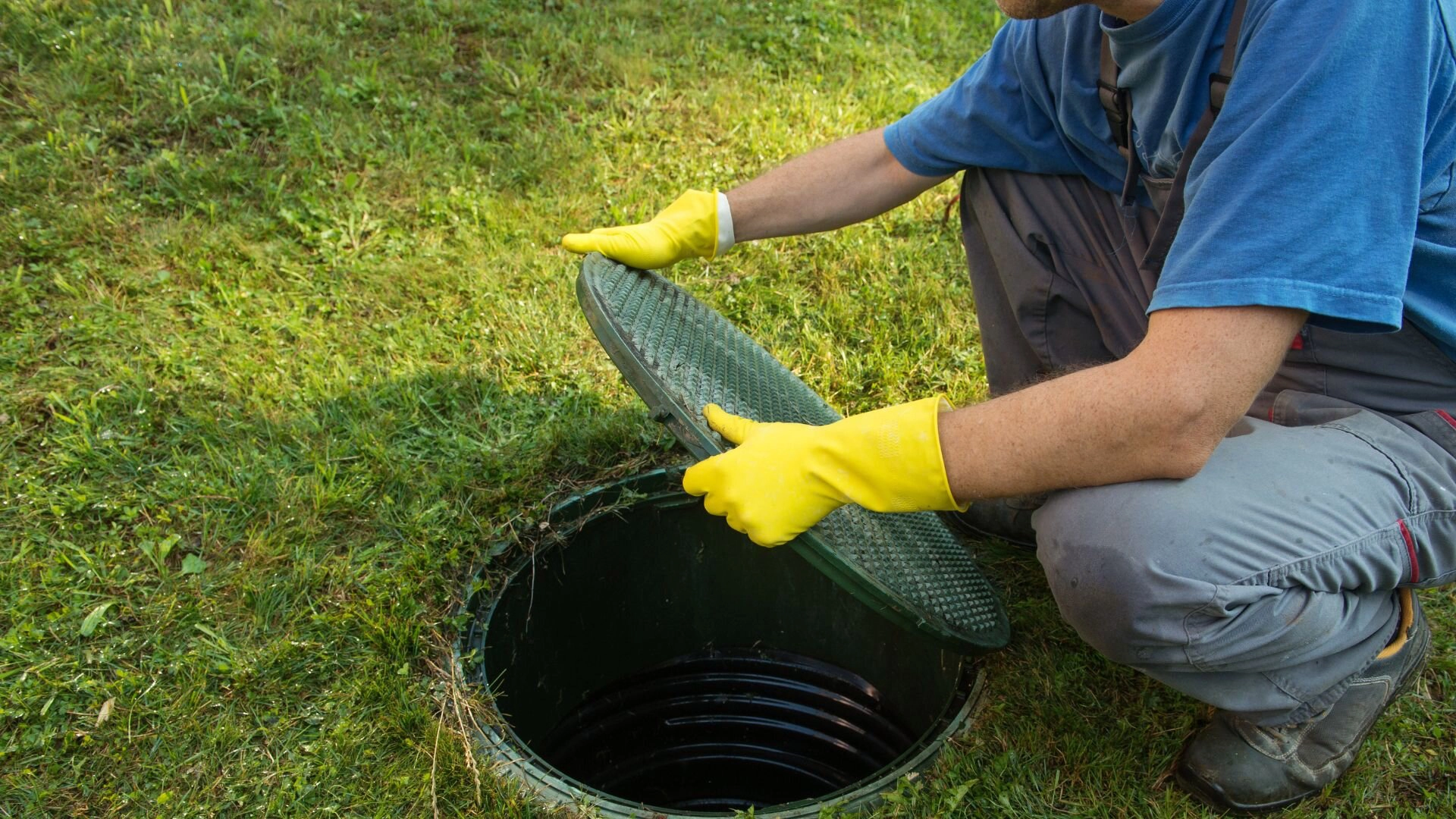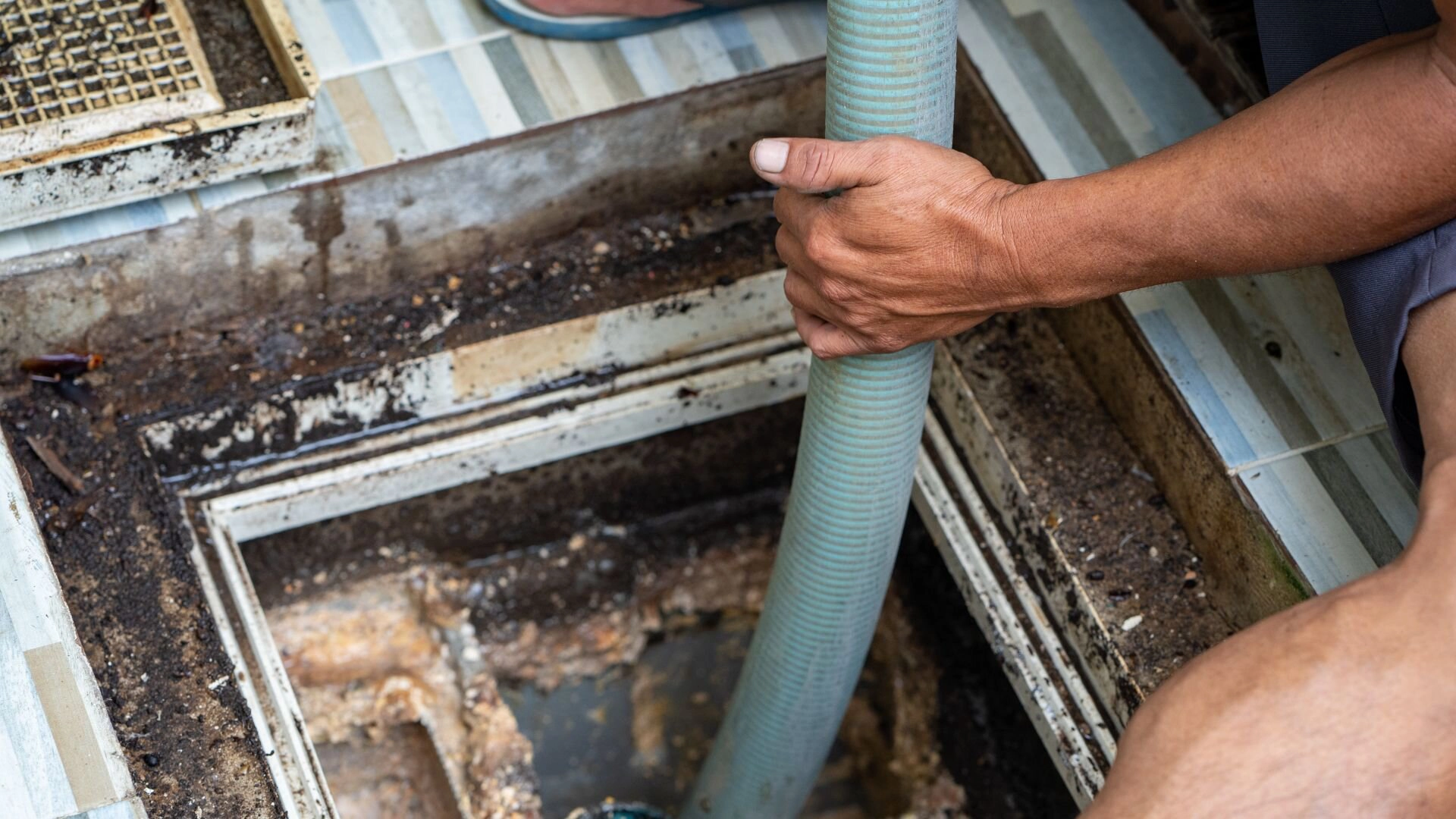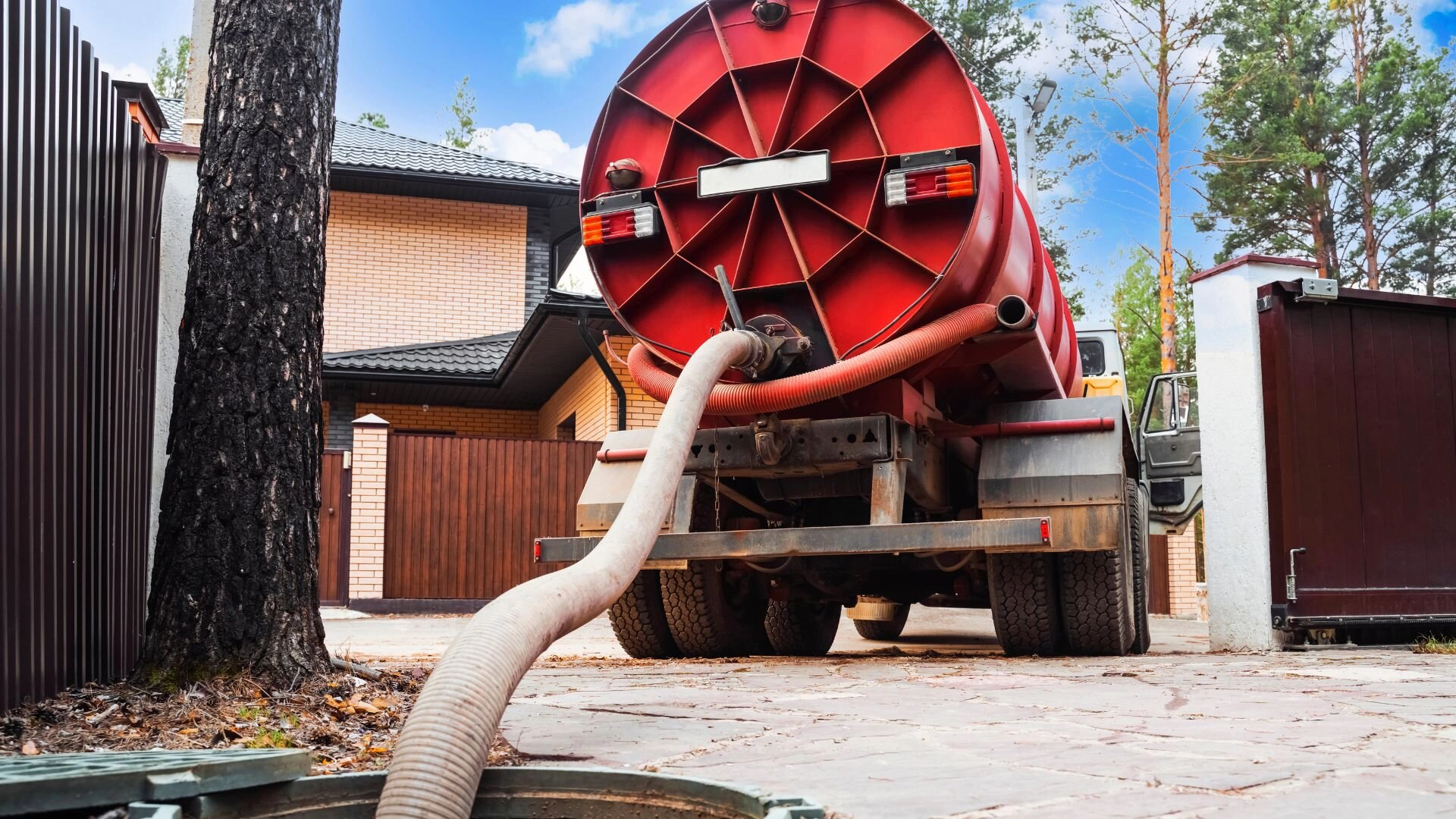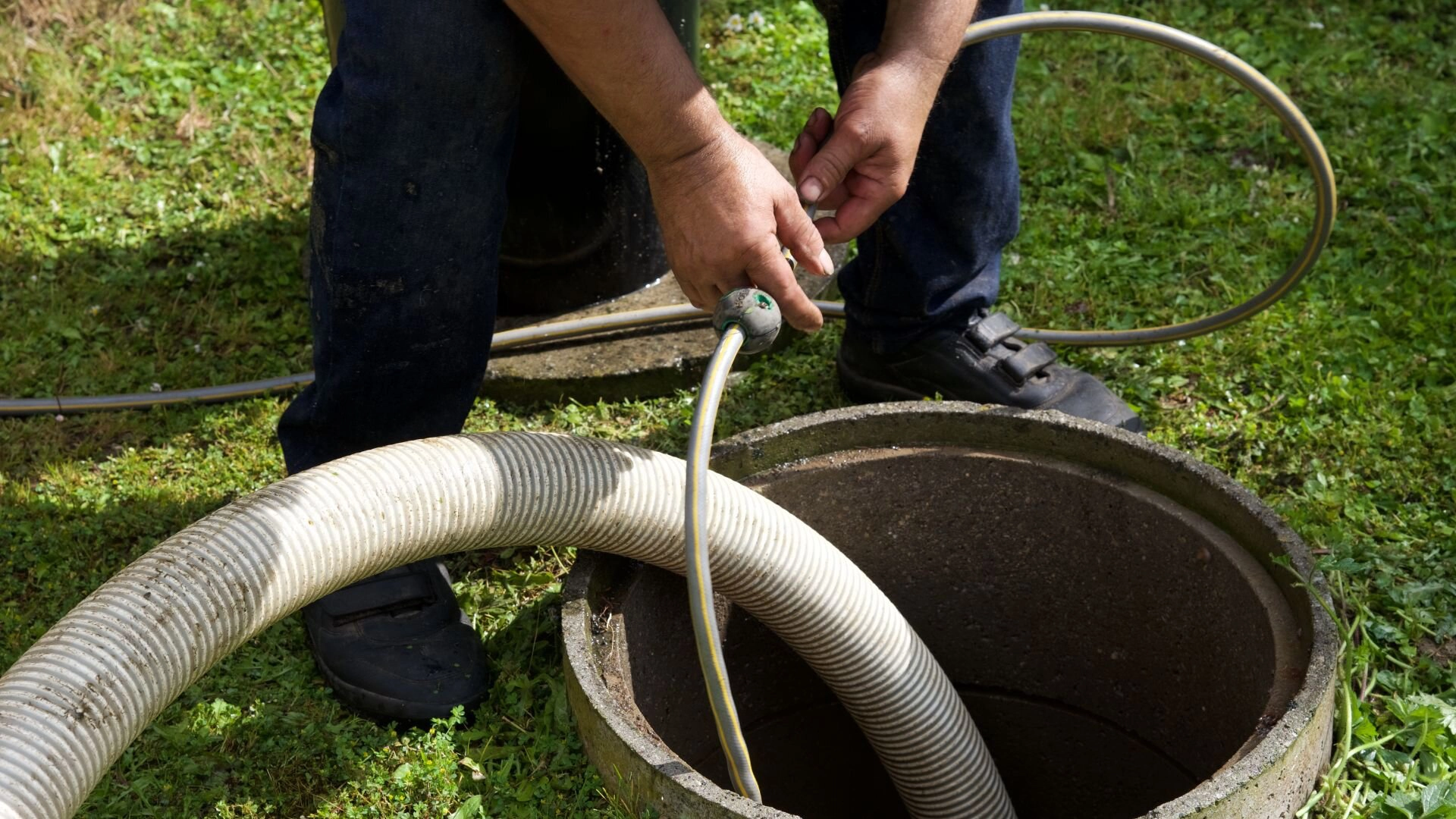Advanced Sewage Tank Inspection Tools
Learn about the top tools and expert methods used by professionals to conduct effective sewage tank inspections. Ensure your system operates efficiently with these essential insights.
According to WorkSafe Queensland, workers handling human waste or sewage are at heightened risk of contracting waterborne diseases due to exposure to harmful pathogens found in treated sewage, biosolids, and recycled water. These pathogens can cause serious health issues, ranging from gastroenteritis to hepatitis and leptospirosis, which can affect the respiratory system, skin, eyes, and gastrointestinal tract.
This underscores the critical importance of proper sewage management techniques and the use of specialised tools. Regular and professional sewage tank inspections are vital for minimising the risk of exposure to harmful pathogens and ensuring that sewage systems are functioning correctly and safely. These inspections help identify potential issues before they become severe, preventing costly repairs and safeguarding public health.
In this blog post, we’ll delve into the essential techniques and tools used for professional sewage tank inspections. Learn how to conduct a thorough inspection to ensure the proper functioning of your sewage system.
Sewage Tank Inspection: What It Entails
Regular septic tank inspections are crucial to ensure your septic system remains in good working order. These inspections help identify potential issues with your septic tank, preventing costly repairs and ensuring compliance with local regulations.

What a Septic Tank Inspection Entails
A septic tank inspection involves a thorough assessment of your septic tank system, including the structural integrity of the tank shell, the functioning of the tank outlet pipe, and the condition of the septic tank drain field.
Inspectors will conduct a visual inspection using a septic tank probe to check for signs of wear and tear. They will also evaluate the sludge levels within the storage tank to determine if your septic tank needs to be pumped.
Tools and Techniques Used
Inspectors may use specialised tools such as magnetic flux leakage (MFL) and alternating current field measurement (ACFM) to detect potential issues within the septic tank system.
These tools help assess the tank’s structural integrity and detect any signs of corrosion or leakage. The inspector should also check the septic tank lids, inspection openings, and plumbing fixtures to ensure they are functioning correctly.
Why Regular Inspections Matter
Regular septic tank inspections are essential to maintaining your tank and preventing sewage from leaking into your house or property. Early detection of problems in septic tanks, such as blockages in the sewer line or issues with the leach drain, can lead to timely repairs and prevent more severe damage.
Proper septic system maintenance, including septic tank pumping and tank cleaning, helps ensure your septic drain field functions efficiently and prevents contamination of your water usage and treatment systems septic.
Inspection Checklists
A septic tank inspection checklist typically includes checks for the tank’s structural integrity, the condition of the drain field, and the functioning of the outlet pipe.
The inspector should also examine the condition of the septic tank lids and ensure the tank drain field is free from blockages. Septic tank inspections also involve checking the eddy current and phased array tools to detect any issues within the tank.
Key Professional Techniques in Sewage Tank Inspection
Professional sewage tank inspections involve various advanced techniques to ensure a thorough assessment of the tank’s condition. These methods help identify potential issues early, preventing costly repairs and ensuring the longevity of the system.

Visual Inspection
Visual inspection is one of the primary techniques used during sewage tank inspections. Inspectors examine the tank’s exterior, including the structural integrity of the tank shell, to detect signs of wear, cracks, or other physical damage.
They also inspect the tank lids, inspection openings, and plumbing fixtures. This method is particularly effective for identifying obvious issues, such as corrosion or damaged components, that could lead to more severe problems if left unaddressed.
Hydrostatic Testing
Hydrostatic testing is another crucial technique used by professionals to assess the tank’s ability to hold liquid. This method involves filling the tank with water to check for leaks and ensure it is watertight.
By monitoring the water levels over time, inspectors can determine if there are any leaks in the tank shell or connections. Hydrostatic testing is especially important in detecting slow leaks that might not be visible during a visual inspection.
CCTV Camera Inspection
CCTV camera inspection is a nonintrusive method that allows professionals to examine the tank’s internal condition without needing to enter confined spaces. A camera is inserted into the tank through an access point, providing a detailed view of the interior, including the inlet and outlet pipes.
This technique is invaluable for identifying blockages, cracks, and other internal issues that are not visible from the outside.
Combining Techniques for Comprehensive Assessment
Using a combination of visual inspection, hydrostatic testing, and CCTV camera inspection allows professionals to conduct a thorough and reliable assessment of sewage tanks. Each technique offers unique insights, and together, they help ensure no aspect of the tank’s condition is overlooked.
Essential Tools for Effective Sewage Tank Inspections
Effective sewage tank inspections rely on a range of specialised tools that enable professionals to conduct thorough, accurate, and safe assessments. These tools are essential for identifying potential issues and ensuring the system’s ongoing functionality.

CCTV Cameras
As mentioned above, CCTV cameras are vital tools in sewage tank inspections, allowing inspectors to get a close-up view of the tank’s interior without entering confined spaces. Remote-operated, these cameras provide real-time visuals that help identify cracks, blockages, root intrusions, and other internal damages.
CCTV cameras can detect issues that might not be apparent during a visual inspection by navigating through the tank’s pipes and chambers. This technology is particularly useful for assessing hard-to-reach areas, ensuring a comprehensive inspection.
Sludge Depth Meters
Sludge depth meters are used to measure the thickness of sludge and scum layers in the tank. These devices provide critical data on whether the sludge levels are within acceptable limits or if the tank requires cleaning.
By inserting the meter into the tank, inspectors can determine if the sludge is building up too quickly, which could indicate a need for more frequent septic tank pumping. Maintaining proper sludge levels is crucial for the effective operation of the tank and preventing overflow or blockages.
Manhole Hooks and Lifting Tools
Manhole hooks and lifting tools are essential for safely accessing the sewage tank for inspection. These tools allow inspectors to remove heavy septic tank lids and covers without risking injury. Proper use of these tools ensures that the tank can be accessed easily and safely, facilitating a thorough inspection of the tank’s interior and exterior components.
Gas Detectors
Safety is a paramount concern during sewage tank inspections, and gas detectors play a crucial role in ensuring inspectors’ safety. These devices detect hazardous gases such as hydrogen sulphide, methane, and carbon dioxide, which can accumulate in confined spaces like sewage tanks. By alerting inspectors to the presence of dangerous gases, gas detectors help prevent accidents and ensure that inspections are conducted in a safe environment.
The combination of these advanced tools—CCTV cameras, sludge depth meters, manhole hooks, and gas detectors—ensures that sewage tank inspections are both thorough and safe. The use of specialised equipment not only improves the accuracy of the inspection but also enhances the efficiency and effectiveness of the overall process.
Common Issues Detected During Sewage Tank Inspections
During sewage tank inspections, professionals often encounter several common issues that, if left untreated, can lead to severe consequences like environmental pollution, health hazards, and costly repairs.

Structural Damage
One frequent problem is structural damage, such as cracks, leaks, or corrosion of the tank’s walls. These issues can compromise the integrity of the tank, allowing sewage to leak into the surrounding soil and potentially contaminate groundwater. If not addressed promptly, structural damage can escalate, leading to the need for expensive repairs or even full tank replacement.
Blockages
Another common issue is blockages caused by debris or solid waste restricting the flow in pipes. Blockages can lead to sewage back up into the household or overflow into the surrounding environment, posing significant health risks and causing damage to property.
Sludge Overload
Sludge overload occurs when an excessive accumulation of solid waste in the tank reduces its efficiency, leading to improper wastewater treatment and potential overflow. Overloaded sludge can also cause blockages in the tank’s outlet pipes, further compounding the problem.
Root Intrusions
Root intrusions are also a frequent issue , where tree roots infiltrate the tank or pipes, causing damage and blockages. Roots can crack pipes, leading to leaks and interruptions in the sewage flow, and can be challenging and costly to remove.
Regular inspections are essential for the early detection of these issues, helping prevent environmental contamination, health risks, and the high costs associated with major repairs.
Keep Your Sewage System in Top Condition with Service First
Regular sewage tank inspections are essential for maintaining the efficiency and safety of your septic system. Throughout this blog, we’ve discussed the importance of identifying common issues such as structural damage, blockages, sludge overload, and root intrusions before they escalate into costly repairs or environmental hazards. Proactive maintenance through regular inspections not only safeguards your property but also helps protect the environment from potential contamination.
If you’re looking to ensure your sewage tank is functioning efficiently and safely , consider reaching out to Service First for all your inspection and maintenance needs. Our team of experts is dedicated to providing thorough and reliable service, giving you peace of mind that your system is in good hands. to schedule your next sewage tank inspection and experience our commitment to excellence.